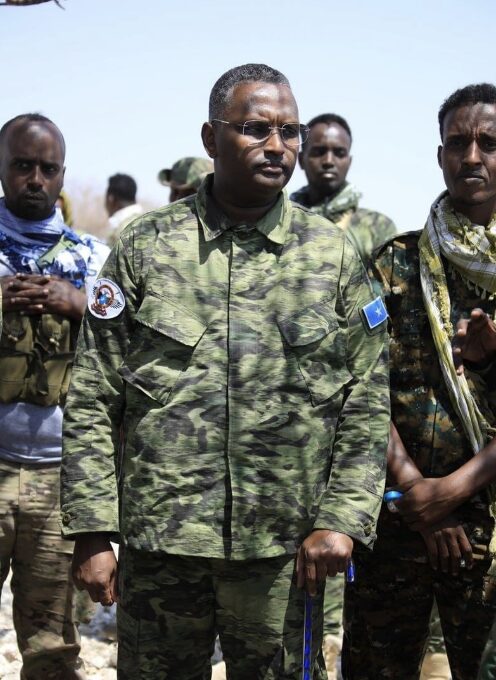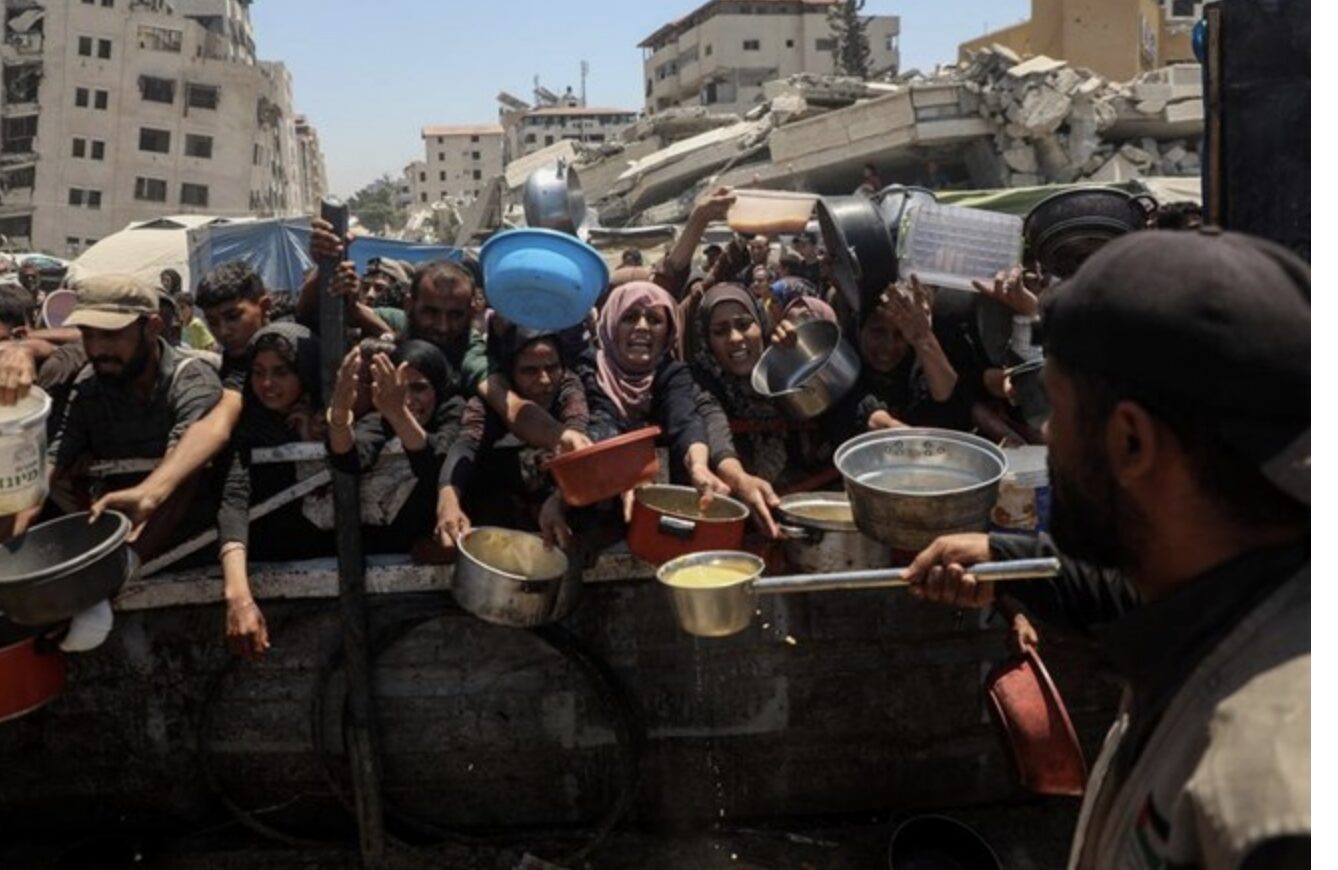
By Abdulkadir Ali, MS – Modern History and Modern Warfare
The district of Maxaas in Somalia’s Hiiraan region has recently witnessed the arrival of a large contingent of fighters from the Habargidir clan. These fighters, mobilized from Guriceel and Matabaan in the Galgaduud and Hiiraan regions, have joined the ongoing operations aimed at eliminating Al-Shabaab from central Somalia.
Commanders leading the militias stated that their deployment is a response to a historical obligation. They referenced the solidarity shown by the Hawadle clan in 2008 during joint operations to liberate Guriceel and Dhusamareb from Al-Shabaab, emphasizing that they are now ready to “share blood” in return.
“We came to Maxaas to honor the debt owed to the Hawadle. In 2008, they fought and died with us in the liberation of our cities. Today, we are ready to die alongside them. This is a duty,” said one Habargidir officer.
Videos circulating on social media show long convoys of armed vehicles entering Maxaas to a warm reception by the local population. These reinforcements are expected to strengthen government troops and the Macawiisley militia as they prepare for a major offensive to reclaim the town of Moqokori from Al-Shabaab.
A National Army in Name Only?
What is alarming about this situation is not the mobilization itself—but what it reveals: clans are fighting Al-Shabaab while the national army is nowhere to be seen. This raises a fundamental and uncomfortable question: Where is the Somali National Army (SNA)?
Billions of dollars have been spent over the years to build and train Somalia’s military. Foreign nations—including Turkey, the United States, Eritrea, and members of the EU—have offered training, weapons, and infrastructure support. Despite these efforts, clan militias have become the backbone of anti-Al-Shabaab campaigns, filling a vacuum left by the very army that was supposed to be leading the charge.
This reality exposes the deep structural failure in Somalia’s national security architecture. If ordinary clans must mobilize, fund, and die in defense of their lands without federal military leadership, then the promise of a unified Somali military is not only unfulfilled—it is actively disintegrating.
The Danger of Tribalized Warfare
While local resistance to extremism is admirable, building national security around clan loyalty is inherently dangerous. It risks entrenching tribalism, deepening political fragmentation, and undermining state authority. The fight against Al-Shabaab must be a Somali national effort—not a patchwork of clan militias with temporary alliances.
The president, parliament, and defense ministry must answer a critical question: Why has the Somali National Army failed to lead? And what plan exists—if any—to shift the weight of this war back into the hands of a trained, professional, and inclusive force?
Until that happens, Somalia’s sovereignty will remain a slogan, not a reality.
Written by Abdulkadir Ali, MS
Specialist in Modern History and Modern Warfare









